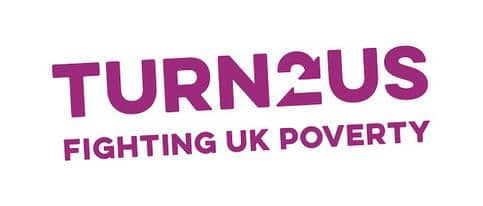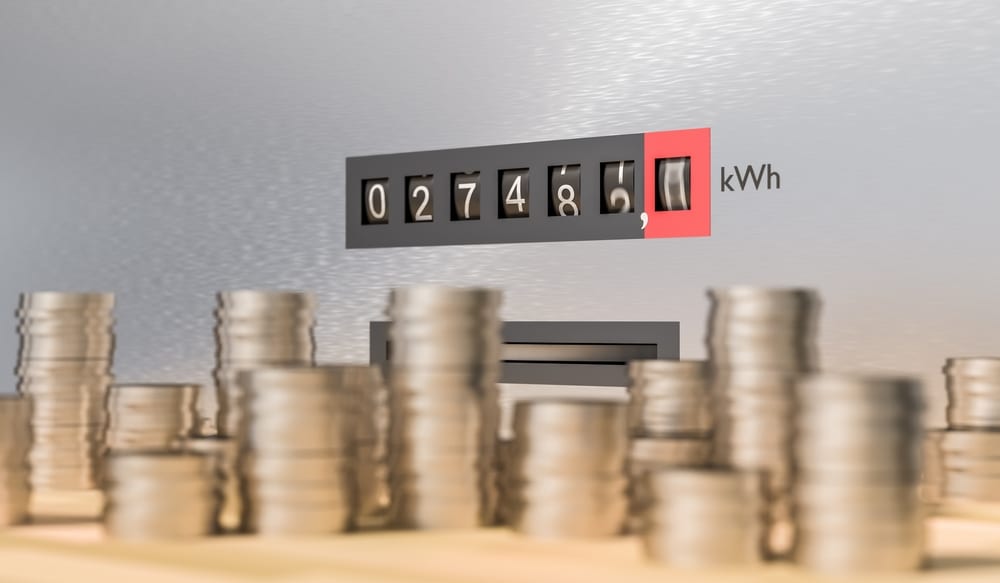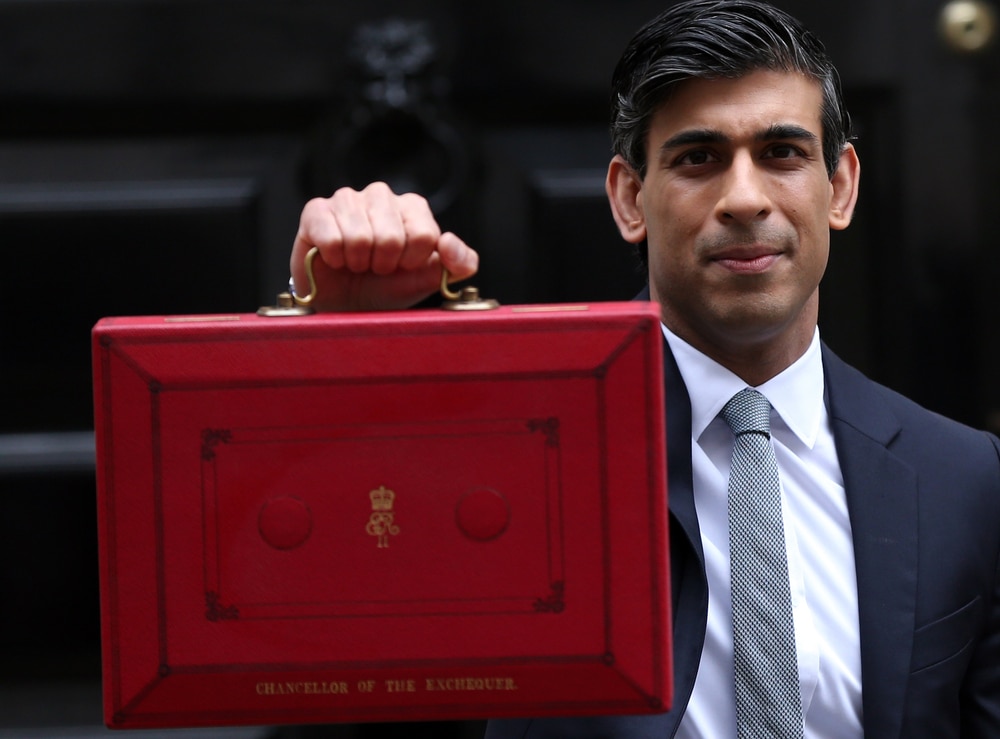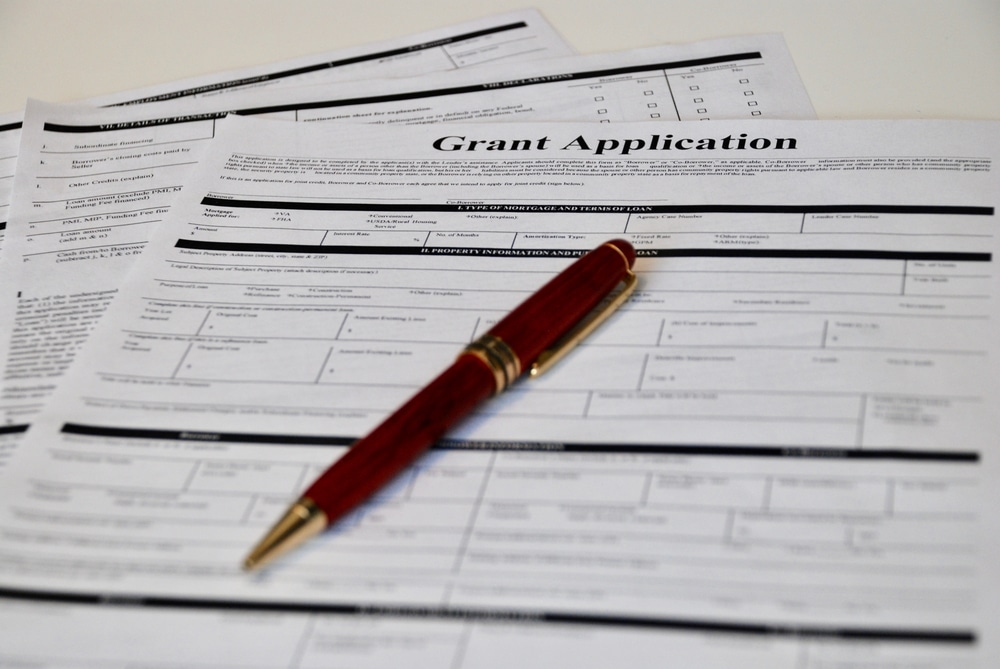Jasmine Birtles
Your money-making expert. Financial journalist, TV and radio personality.


The last few years have been hectic for all of us. But, there are now changes to benefits, the furlough scheme and the energy price cap that will impact most of us.
The impacts of the coronavirus pandemic and Brexit have hit our finances hard. Governing bodies have implemented benefit enhancements, the furlough scheme and grants to aid us through the bad times.
But with lockdown being lifted, how have these financial aids changed?
There are changes you need to make sure you are aware of moving forward. Make sure you are up to date on these tweaks as they may affect you and your finances.

In April of 2017, the government capped child tax credits and universal credit aids to the first two children in a household. This was a controversial austerity measure, which was widely debated.
Critics described the cap as “desperately unfair”. It is estimated 243,000 households and 911,000 children were negatively affected by the two-child limit from 2017 to 2020. As of July 2021 it has impacted over one million children.
The government has argued the cap is sustainable and fair to the taxpayer. Lawyer James Eadie suggests the cap is to “ensure people in receipt of benefits face the same choices as those who support themselves solely through work, and ensure that the system creates incentives to work”.
Recently, two mothers took their case to the Supreme Court, arguing the cap disproportionately affects women, who make up 90% of single parent households in the UK. The case, which was also supported by the Child Poverty Action Group (CPAG) suggested the policy breached the human rights of both children and their parents.
Just this month, the case was dismissed by the Supreme Court, in which seven justices all unanimously agreed the two-child limit was lawful, although they concluded it did, in fact, disproportionately impact women. The court ruling argued it saves money and helps to cut fiscal deficit, with Supreme Court President Lord Reed saying the two-child cap has an “objective and reasonable justification”.
Many critics were disappointed in the ruling, including Carla Clarke of the CPAG, who said the judgement “failed to give any meaningful recognition to the reality of the policy and it’s desperately unfair impact on children”. The SNP called the ruling “appalling”, and women’s barrister Richard Drabble QC said the limit creates “deep child poverty”.
Campaigners are considering taking the case to the European Court of Human Rights.
If you are struggling with the two-child benefits cap, you can visit Turn2us.org. They have a benefits calculator which may show you benefits you weren’t aware you are entitled to. They also offer support and debt advice.
It is also worth contacting your local council and explaining your situation. Some councils have extra money available to help those in their community who are struggling financially. Similarly, you can find your local food bank here. There are also many charities which can offer small payments or aids to help you. People First has a great list of charities you can contact.

Universal credit is claimed by more than 5.5 million households across the UK and was introduced to replace six benefits: income support, job seeker’s allowance, employment and support allowance, housing benefit, child tax credit and working tax credit. It combines them into one payment to make it easy and simple for those in receipt of it.
In April 2020, the coronavirus pandemic resulted in an uplift of £20 a week to universal credit payments. It was due to end in March 2021, however the government received pressure from the public to extend it. Ultimately, Rishi Sunak announced the £20 a week uplift would be extended for another six months. This officially ends on 13th October 2021, however most claimants will have seen their last payment with the added uplift in September.
There has been widespread public opposition to the move. There has even been conflict cross-party regarding the withdrawal. All six million universal credit claimants have now been written to, warning them they would likely see an adjustment in their benefit payments.
At the end of 2020, unemployment hit a five year high, with a whopping 1.74 million people out of work, a rate of 5.1%. Redundancies, income losses and the furlough scheme have all added to the universal credit scheme coming under increased scrutiny in recent years.
Members of parliament and anti-poverty campaigners have argued an extension of just six months does not prevent millions of families facing financial hardship later in the year. Additionally, nearly 60% of the British public agree the lift should be extended, particularly for those who are vulnerable, such as those who are carers or face disabilities.
Sara Willcocks, Head of External Affairs at Turn2us, said:

“The Prime Minister can be in absolutely no doubt about the momentous task he faces in ‘levelling-up’ left behind areas of the UK. The faith many voters placed in him to deliver improved regional equality seems to be at serious risk.
“The coronavirus has clearly had a significant impact on social mobility and the government must invest in opportunities and remove barriers if it is serious about giving everyone a fair opportunity to thrive in life. We urge Number 10 to reverse the planned cut to Universal Credit in September if they want to reverse this worrying trend.”
Jo Kerr, Director of Impact and Innovation at Turn2us, said:
“Those of us on low incomes are incredibly anxious about the upcoming £20 cut to Universal Credit. Over the course of the last decade, we have seen our social security system cut, capped and frozen beyond repair. What is left is a threadbare security net.
“However, we still have time for this government to change their mind. We urge Number 10 and the Secretary of State to keep this vital lifeline, so we can avoid the tsunami of poverty, hunger and ultimately destitution that we may face otherwise.”
Turn2us is a national poverty charity which provides grants, support and information to people facing financial insecurity in the face of a life changing event. The charity is calling on the government to provide immediate financial support to people who will need time to recover from the pandemic.
As previously mentioned, Turn2us.org is a wonderful tool to help you. They offer support and advice, and can help you find extra benefits you may be entitled to. There are also resources available such as charities and food banks, giving free aid to those who may struggle when the uplift ends.
We also have plenty of ideas for you to make money at home in fun and easy ways. Our article ‘44 ways to make extra money‘ is packed with tips and ideas to help you make extra cash on the side. Similarly, we have articles giving you advice on how to save money:

Earlier this year, energy regulator Ofgem announced the price cap for the period between October 2021 and April 2022 would rise.
Ofgem brought in a price cap in 2017 for prepayment tariffs. In 2019, they brought in a price cap for standard variable tariffs. When limiting the amount that energy suppliers can charge their customers, it ensures households are not overpaying for their bills, or being exploited. It protects customers and ensures prices remain as affordable as possible, and protects those who are most vulnerable.
From October 1st 2021, the energy price cap was increased to £1,227 per year. The result of this is average energy bills rising by £140 a year, however it is likely many households will see greater increases than this. Not only will this impact everyone in some way, but will particularly hit the 15 million people on standard variable and prepayment tariffs. Those on prepayment tariffs are likely to see an increase of £153 per year.
Laura Suter, head of personal finance at AJ Bell, comments:
“The energy price cap is going to increase bills for the average customer by £140 from 1 October, but many will see rises far higher than this. Usually you’d be far better off getting off your provider’s standard variable tariff and locking in a fixed-rate deal, but the energy market is so barmy at the moment that no one is offering a fixed deal for a cheaper price than the energy cap.
“This means everyone needs to face up to rising energy bills, just as we head into the colder months. If your deal has ended you need to weigh up whether you want to secure a fixed-rate deal now, at a higher cost than your current price, with the expectation that you’ll be protected from rising energy prices. Or you can stick with the energy price cap rate and gamble that recent gas price rises end soon.”
AJ Bell is one of the largest investment platforms in the UK, with assets under administration of 368,000 customers. They operate in both the advised and direct-to-consumer segments of the platform market.
The energy price cap increase is a big worry for households across the UK. It is important to remember not to panic – you can still heat and eat! There is plenty of help out there if you are struggling with the rising costs of energy, and living in general.
EntitledTo is one of the UK’s leading providers of online benefit calculators. They help people determine what they can claim from national and local governments through online calculators. There are many ways that EntitledTo can help you, from benefits calculators to homelessness. They even help with Council Tax support and budgeting.
If you find you are struggling as a direct result of the price cap increase, it is wise to contact your energy supplier. They often have tools in place to aid with the payment of your bills. Calling or emailing them as the first port of call is the best idea.
There are also government schemes and grants available, such as the Warm Home Discount, Cold Weather Payment and Winter Fuel Payment.
The Warm Home Discount Scheme means you you could get £140 off your electricity bill for winter 2021. The money is not paid to you directly, but is a one-off discount on your electricity bill, between October and March. You may be able to get the discount on your gas bill instead if your supplier provides you with both gas and electricity. Contact your supplier to find out if you are unsure.
If you receive certain benefits, you may be eligible for a Cold Weather Payment. If the average temperature in your area is recorded as, or forecast to be, zero degrees celsius or below over 7 consecutive days, you may be able to get a payment. You will receive £25 for each 7 day period of very cold weather between 1 November and 31 March. The 2021 scheme begins on November 1st 2021, so make sure to check GOV.UK when it begins.
The Winter Fuel Payment is for those born on or before 26 September 1955. You could get between £100 and £300 to help you pay your heating bills. You are likely to get the Winter Fuel Payment automatically if you either get the state pension or other social security benefits. If you do not receive either of these, you will need to make a claim. If you have previously received a Winter Fuel Payment, you do not need to claim again unless you’ve deferred your State Pension or moved abroad.

When the pandemic struck in early 2020, the furlough scheme became a much-needed part in mitigating the devastating economic impacts to businesses. On October 1st 2021, the scheme was withdrawn completely.
A majority of furloughed workers were paid 80% of their wages, up to £2,500 a month. As of May 2021, 30% of employers had staff on furlough. As restrictions lifted, the hospitality industry saw the largest reduction in the number of workers on furlough, down by 131,000 people.
With a whopping 11.6 million jobs being supported since the scheme began, there are worries the end of the scheme this week will result in further redundancies and loss of work, where businesses cannot afford to keep staff.
Although all legal lockdown restrictions were lifted on the 19th July, the government extended the furlough scheme until September 30th, and completely withdrew the scheme on 1st October.
From July 1st the scheme began to be phased out. Government contributions to wages reduced to 70%. Businesses must pay 10% of their workers’ wages themselves, to ensure they are still receiving 80% of their income.
A big worry for many people in regard to the furlough scheme ending is potential redundancy. We have plenty of resources to help you prepare for redundancy:
We also have a wonderful, FREE eBook, written in partnership with Turn2us.org. ‘Your redundancy and debt action plan’ is packed with helpful advice, financial help, tackling debt and how to make money. You can download your copy here.
You can also read our ‘Job Search‘ section of the website. This is overflowing with ways to find work, make money, start your own business and more!

The Self-Employment Income Support Scheme (SEISS) was introduced in March 2020 by the government. This grant would pay 80% of a three-month average trading profit to those who are self-employed, up to £7,500.
Applications opened May to July 2020, and over 2.6 million claims were received, costing a total of seven-and-a-half billion pounds. In May of 2020, a second grant was announced, this time worth only 70% and capped at £6,570. A third was announced in September 2020, which would last six months instead of three.
The scheme was then extended to September 2021. A fourth instalment would be paid in one chunk, again being 80% of wages, capped at £7,500.
A fifth and final grant was announced to cover May to September 2021. This grant was determined by the amount a claimant’s turnover had reduced from April 2020 to April 2021. If a claimant had a turnover reduction of over 30%, they would receive 80% of three months’ average trading profits. This would be capped at £7,500. If the claimant’s turnover reduction was less than 30%, they would receive 30%, capped at £2,850.
The grant came to an end on 30th September 2021. This has caused concern for many self-employed workers in the UK. It has proven very difficult to claim universal credit whilst self-employed. This leaves many worrying how they will be able to cope financially if their business continues to struggle.
If you are worried about your business and finances due to SEISS grants ending, you can visit the government website to see if there is any financial support available.
We also have plenty of advice on how to start up your own business and find new work:

In June 2020, a ‘holiday’ on stamp duty was announced. This meant home buyers didn’t have to pay tax on the first £500,000 of their purchase price. It is estimated that 1.3 million buyers have benefitted from the stamp duty holiday.
However, this resulted in an increase in house prices by an average of 8.8% over the past year. The average price of a detached property rose faster than any other property type, up by 10%.
The last week of June saw exchanges in the housing market at 204% above the five-year average for that week. The number of prospective buyers registering with agencies in the first week of July was 31% above the five-year average for the same week.
From July 1st, a 5% tax came back into force for properties between £250,000 and £925,000. From October, the stamp duty holiday will end completely. The price at which buyers pay stamp duty will revert back to £125,001. The end of the stamp duty holiday may calm the market and encourage first time buyers. It may also spur on buyers who are hesitant to purchase their homes before the holiday ends.
It also means buyers are less likely to rush their purchases and buy a property that’s right for them. The Financial Wellbeing Forum found the holiday rushed some people to buy and make poor financial decisions. In fact, 56% of homebuyers between the ages of 25 and 34 said they rushed their purchase. A majority of them said it was in order to take advantage of the window. Londoners went over their budgets the most out of anywhere in the UK, overstepping by an average of £27,000.
Despite the holiday winding down, demand is still high. Estate agents Winkworth said the number of people wanting to buy a property was still up 16% on 2019. Similarly, they suggested the number of offers accepted increased by 59% in the first week of July alone. A big issue, however, is that housing supply is low for those wanting to buy. The demand is still high, however, meaning sales may slow down as a result.
The Stamp Duty holiday officially ended on 30th September 2021. Some developers, however, are offering to keep the holiday and pay the stamp duty themselves, so their buyers don’t have to. This is to encourage continued sales on their homes. Galliard, for example, is offering to pay stamp duty on the Wimbledon Grounds Housing Scheme until the end of 2021.

In April 2021, the government announced a new mortgage guarantee scheme to help homebuyers get on the property ladder. The scheme encourages lenders to offer up to 95% loan to value mortgages for properties worth up to £600,000. This benefits buyers as they only need a deposit of 5%.
Most 95% loan to value mortgages were pulled when the pandemic hit. However, the government is now offering lenders a guarantee to cover 15% if the full 95% loan is taken out. Some of the banks that are participating include NatWest, Santander, Lloyds and HSBC.
The scheme will be open to buyers until December 2022. You do not have to be a first-time buyer to use the scheme.
If you want to make the most of the new mortgage guarantee scheme but aren’t sure how to start saving for your deposit, you can read our article on saving for your deposit here.
We also have plenty of articles on how to make extra money, which you can use to put towards your savings.

Informative article.